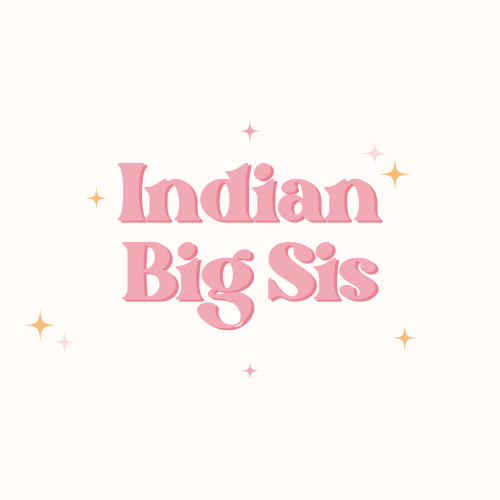As the world becomes increasingly interconnected, the concept of identity has taken on renewed significance, particularly for those straddling different cultural worlds. Among the myriad cultural intersections that define the modern world, the Indian American experience stands out as a complex, multifaceted journey, replete with challenges and opportunities. This unique cultural vantage point often engenders a profound sense of identity crisis, as Indian Americans grapple with the delicate balancing act of existing between two worlds, feeling too “white” for Indians and too “Indian” for Americans.
The term “Indian American” encompasses a diverse spectrum of individuals, each with their own nuanced experiences and narratives. For many, the journey begins with a childhood spent bridging the chasm between the traditions of their Indian heritage and the customs of their American upbringing. Growing up in a household steeped in Indian values and traditions, while attending American schools and partaking in Western experiences, fosters a dual consciousness that can lead to a profound sense of dissonance.
One of the central tenets of the Indian American identity crisis revolves around the perception of being “too white” for the Indian community and “too Indian” for the American community. This dichotomy casts a formidable shadow, as individuals navigate the labyrinth of cultural expectations and social norms. In Indian circles, fluency in the mother tongue, adherence to traditional customs, and fidelity to cultural norms are often used as benchmarks for measuring one’s Indianness. Consequently, Indian Americans who may not meet these standards are sometimes viewed as being disconnected from their roots or not “Indian enough.”
Conversely, within American society, Indian Americans often encounter preconceived notions and stereotypes that may limit their ability to assimilate seamlessly. The enduring legacy of discrimination and the persistent pervasiveness of racial bias in America can result in Indian Americans being perceived as perpetual “outsiders,” irrespective of their cultural fluency and integration. This marginalization adds another layer to the Indian American identity crisis, as they struggle to find acceptance in a society that often perpetuates homogenized perceptions of identity.
The conflict between these two worlds is a crucible that molds the unique Indian American experience. This existential tug-of-war often gives rise to a profound sense of estrangement, as Indian Americans grapple with the nuances of their cultural duality. From navigating the complexities of familial expectations to negotiating the assimilation into American society, the Indian American journey is a delicate dance of identity.
The complexity of the Indian American experience is further compounded by the interplay of cultural, social, and generational dynamics. The older generation, rooted in traditional Indian values and customs, may view the acculturation of their children through the lens of apprehension, fearing that their progeny may lose touch with their heritage. On the other hand, the younger generation, often more assimilated into American culture, may find themselves straddling the divide between their ancestral roots and their contemporary reality.
This generational dissonance underscores the multi-faceted nature of the Indian American identity crisis, as it transcends individual experiences to encompass broader family dynamics and societal expectations. The unyielding pressure to embody the ideals of both cultures can deeply impact the self-perception and emotional well-being of Indian Americans, as they grapple with the weight of societal expectations and familial obligations.
In the face of these challenges, many Indian Americans are cultivating a refined sense of identity that transcends the confines of traditional labels and expectations. Embracing this fluidity, Indian Americans are actively reshaping the narrative of their identity, synthesizing the richness of their Indian heritage with the vibrancy of American culture. The emergence of a cultural hybridity, characterized by a celebration of diversity and the harmonization of disparate influences, serves as a poignant testament to the resilience and adaptability of the Indian American spirit.
Central to this reclamation of identity is the celebration of cultural diversity and the affirmation of individuality. Indian Americans are forging new paths, grounded in self-empowerment and cultural pride, as they redefine what it means to exist in the interstitial space between two distinct worlds. Through expressions of art, literature, and activism, Indian Americans are reclaiming their narratives, challenging outdated stereotypes, and championing the authenticity of their experiences.
Moreover, the proliferation of supportive communities and resources has provided a vital support system for Indian Americans navigating the complexities of their identity. From cultural organizations and advocacy groups to online platforms and social networks, these spaces offer a sense of belonging and understanding, fostering a sense of collective identity and shared experience.
In a world characterized by the intersection of cultures, the Indian American experience serves as a testament to the enduring complexity and resilience of the human spirit. The journey of reconciling disparate cultural identities is a testament to the indomitable spirit of Indian Americans, as they carve out a space that transcends the confines of traditional labels and societal expectations. By embracing the multifaceted nature of their identity and embracing the richness of their heritage, Indian Americans are forging a new narrative—one anchored in resilience, authenticity, and cultural pride.
